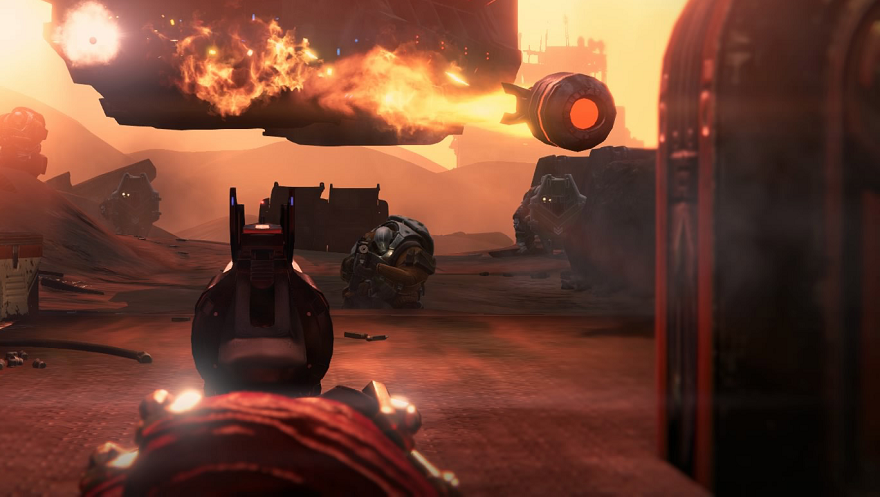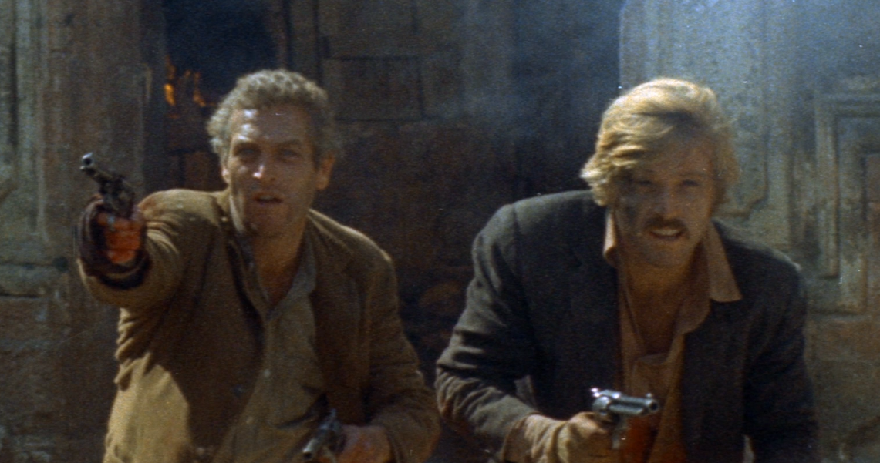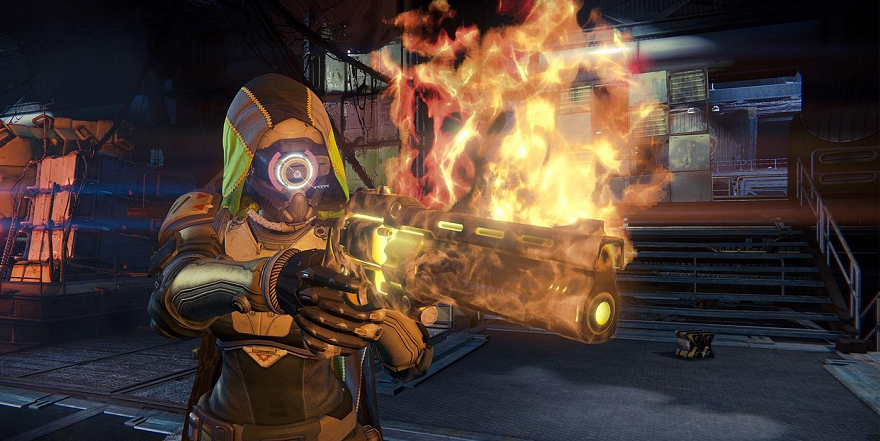Touched by a headshot

“You have not a solution but the perfect solution.” That’s what Will Shortz The New York Times’ longtime crossword editor, said when asked to describe their appeal. Real-world problems are messy and usually poorly defined, more like trying to fix the plumbing than solve a riddle. “But with a puzzle,” Shortz explained, “you have that feeling of completion, which is very satisfying.”
Some people will subscribe to an entire newspaper like the Times just for its crossword, which I will never understand. You would have better luck asking me to fix the piping in your wall than help you with two across or nine down. Still, I can appreciate the sense of orderly playfulness that goes along with crossword puzzles, and the revelatory delight of finding the right answer.
you were buying it mostly for the puzzles
Print journalism is an expensive value proposition, especially when, like my grandmother, you were buying it mostly for the puzzles. But the same aesthetics that motivated her to shell out hundreds of dollars a year for the weekend edition was what drove me to log in to Destiny for weeks on end despite its own disheveled mediocrity. I loaded up on bounties and squandered endless hours in dead-end quests just to have a reason to unload clip after clip of heavy-impact ammunition into the dispirited faces of Fallen vandals and Hive thralls.
I got my first hand cannon from a repurposed drone called Banshee-44. I’d just returned from some junkyard in Old Russia, revived by a floating webcam, when he let me choose from four of his worst guns while muttering about the horrors of war. I wanted something that would help define my character, set her apart from every other faceless player I passed on Earth’s ruin-porned surface. So I snagged the Duke MK. 10, a pistol of cartoonish proportions, and headed back to the futuristic steppes of centuries-later Kazakhstan to waste more aliens.

Somewhere between feeling the recoil on my first headshot and watching the wisps of light flee from the body it had just decapitated, I fell in love with Destiny. Not its characters, or its story, or the thinly stretched world over which they’d both been drawn. Instead, I got hooked on the brief feeling of weightlessness every time I blew apart babbling extraterrestrials with a space age magnum. If anything’s worth preserving out of the game’s crude, pseudo-science fiction morass, it’s the heavenly bliss of executing other-worldly creatures with a satisfying combination of learned precision and off-the-cuff flare. Headshots do more than twice the amount of damage, while varying degrees of aim-assist make it possible to find needles in the haystack from more than fifty yards out sometimes.
Destiny’s twelfth story mission helps underline this balance. You’re off in search of another panel for your floating robot sidekick to analyze, because reasons. The Ishtar Collective takes players to Venus’ Campus 9, an abandoned science outpost filled with the requisite MacGuffins, and speeding across the planet’s psychedelically-terraformed surface it feels like it could be any number of other missions up to that point. But after dispatching a few bands of Fallen scavengers, the real battle starts.
less a shooting gallery than space ballet
Waves of Borg rip-offs known as the Vex start pouring into the compound. Like other alien hostiles, most Vex have weak points: a cybernetic pouch of fluid that rotates just below their sternum or a red lens resembling HAL from 2001: A Space Odyssey. Most barely flinch, however, and none of them are likely to back off. They can also teleport short distances, leading to missed shots and miscalculated maneuvers as they close the distance. Add to that a handful of Minotaurs—hulking Vex without a soft spot and a penchant for bum rushing whatever nook you’ve decided to take cover in—and it’s not hard to see what makes them arguably the game’s most challenging foes.
The way Campus 9 is situated, Bungie all but insists that the player hole up inside its abandoned research lab. From there, the objective is mind-numbingly straightforward and arbitrary: kill all the enemies and survive for three waves. And yet moments like these are precisely when Destiny’s gunplay is allowed to flourish. Where headshots had been the icing on the cake before, encounters like this make them painfully necessary. A critical hit will let you one-shot most enemies while failing to do so will leave you stuck halfway through the reload animation as your guardian gets pummeled with neon colored lasers.

This dynamic magnifies the consequences for every momentary consideration and impulsive motor reflex. Time your shots well, weaving in and out of cover during reloads, and Destiny starts to resemble less a shooting gallery than space ballet. Like consistently hitting the beat in Dance Dance Revolution or clicking the right chords in Guitar Hero, the noise fades away to reveal something more coordinated and unified. For a second you feel like you’re the one actually making the music. And in Destiny, for those brief moments of hyper-efficient carnage, you catch an intoxicating glimpse of what it might feel like to be an actual space wizard.
“Are you crazy? The fall will probably kill you,” an overly confident and self-destructive Paul Newman tells Robert Redford in Butch Cassidy and the Sundance Kid. On the run from law enforcement after a botched train robbery, Newman’s Cassidy and Redford’s Kid happen on a cliff overlooking a river before Kid is forced to confess that he can’t swim. The scene is iconic, not least of all for the charming chemistry for the two actors in it, but also because of the delicate way it frames the movie’s mix of nihilism and humor.
Candy Crush with skyboxes
For those reasons, or others, the designers at Bungie decided to name one of Destiny’s better Year One hand cannons after it. TFWPKY 1969 isn’t the best, or even in the running, but for reasons less to do with its overall quality than how the weapon feels and handles in the moment, it became my favorite. It fires quickly with up to thirteen in the chamber while still making each bullet feel substantive. Where guns like the aptly named Last Word tend toward overkill, TFWPKY 1969 encourages a light but brisk touch. In other words, it’s a headshot machine, light enough to handle quickly but powerful enough to put the lights out.
People have written endlessly about the excruciatingly bland Skinner box that is Destiny’s progression system. It’s grindy, obtuse, and yet for some people all but completely irresistible. While the game’s legacy will for those reasons always invite speculation on its darker side as a sci-fi Candy Crush with skyboxes, it’s the gunplay, and its quixotic hand cannons in particular, that ultimately redeem it.

Contrary to every modern trend in action movies and videogames, Butch Cassidy and the Sundance Kid doesn’t end with an hour-long action setpiece. Instead, it concludes with a freeze frame on Newman and Redford’s faces as they launch themselves against the Bolivian army. It’s heroically hopeless. A call back to the irony of Cassidy’s fatalistic punch line at the waterfall, reinforced by the contradiction of hearing the gunfire from the final shootout, but not being able to see it.
There is nothing so acutely subtle in Destiny. Its only relief comes from individual moments of twitchy grandeur. Unleashing hell on a few dozen aliens with breathless proficiency before diving behind some rocks in order to reload and dispatch the rest. The fall probably will kill you, but every so often it doesn’t, at which point you can bask in the silence made possible by arriving at a solution and executing it with a modicum of digital grace. Shootouts in Destiny can get grizzly, but the hand cannon offers a clean way out, like if Cassidy and Kid had had Keanu Reeves’ John Wick in them. A puzzle less complex than the wordplay of a crossword, but no less complete and satisfying, each headshot its own slight revelation toward a larger design.



